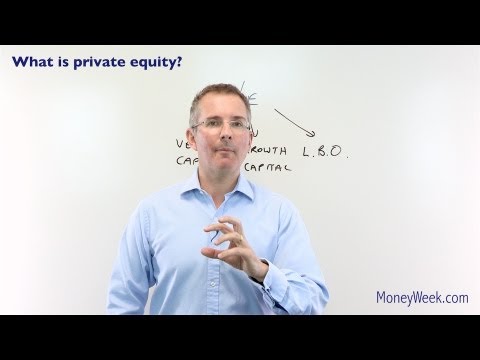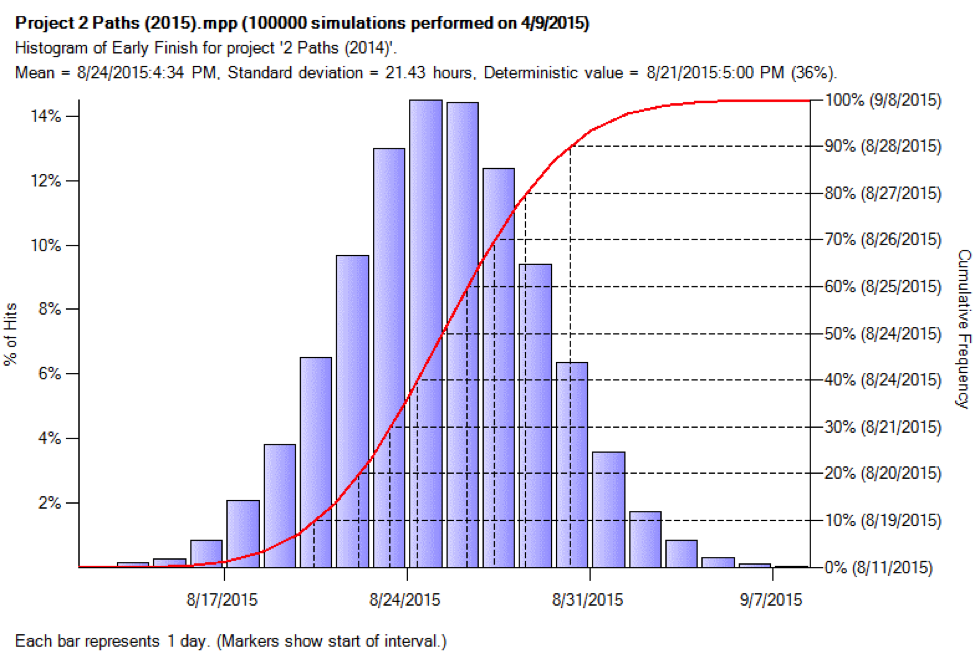Calculate the average rate of change of fx over the interval -4, 1 using the formula Home Work Help Learn CBSE Forum


The change in the value of a amount divided by the elapsed time. For a function, this is the change in the y-worth divided by the change within the x-worth for 2 distinct points on the graph. So, on this part we coated three “standard” issues utilizing the concept the spinoff of a function provides the rate of change of the operate. Now, the function will not be altering if the rate of change is zero and so to answer this question we have to determine the place the derivative is zero.

We also studied some solved examples to better understand the concept. The price rate of change can be derived by taking the price of a safety at time B minus the worth of the same safety at time A and dividing that outcome by the price at time A. Rate of change is used to mathematically describe the percentage change in worth over an outlined time period, and it represents the momentum of a variable.
Two variables varies with respect to another variable
Look for a extra exact common price of change definition beneath. We may also show and clarify the common fee of change formula with a few examples of the way to use it. When a quantity doesn’t change over time, it is known as zero price of change.
What is the rate of change of a function?
The Average Rate of Change function is defined as the average rate at which one quantity is changing with respect to something else changing. In simple terms, an average rate of change function is a process that calculates the amount of change in one item divided by the corresponding amount of change in another.
Decreasing rate is represented by negative sign whereas increasing rate is represented by positive sign. If there is increase in the value of x, the value of y remains constant. When there is no change in the value of y the graph is a horizontal line. Q.4. A number is increased by \(20\% \) and then the increased number is decreased by \(20\% \). Q.2. The price of a doll is decreased from \(\) to \(\) after a discount.
Zero Rate of Change
The slope method is used to search out the average rate of change. Whether it’s how a lot we develop in a single 12 months, how much cash our rate of change formula business makes every year, or how fast we drive on common. We can look at common rate of change as finding the slope of a series of factors.
The negative sign of dy /dx indicates that y decreases as x decreases. Thus, the rate of change of y with respect to x can be calculated using the rate of change of y and that of x both with respect to t. For all of those cases, we would find the typical price of change.
In a Displacement-Time graph, the displacement increases by 20 meters when 10 seconds has passed by. Using the method used by the Average Rate of Change Calculator, find the velocity. Hence, the percent change or the percentage decrease from \(74\) to \(35\) is \(\) . Hence, the percent change or the percentage decrease from \(50\) to \(35\) is \(30\% \). Hence, the percent change or the percentage increase from \(8000\) to \(10000\) is \(25\% \).
Now you could have calculate the common bicycle speed and format it in Excel. Rate of change is how briskly a graph’s y variable modifications over how briskly its x variable changes. More exactly, it’s the change in the dependent variable over the change in the unbiased variable. Average rate of change is finding the difference between the dependent variable (y-term) divided by the distinction in the independent variable (x-time period). Slope and common rate of change is strictly the identical factor.
Stock Market
The price of change is most often used to measure the change in a security’s worth over time. Rate of change in x that is, the rate of change in speed of man with respect to time is given 6 mt/min. This is called the Instantaneous Rate of Change as we are calculating derivatives at a particular interval. In the application of derivatives we generally use the instantaneous rate of change.
Hence, the percentage increase from \(2000\) to \(3000\) is \(\). We know that if the value of an object \(y\) is successively changed by \(\), then the final value is \(y\left( \right)\left( \right)\). If the value of an object \(y\) is successively changed by \(\) and then \(\), then the final value is \(y\left( \right)\left( \right)\left( \right)\). In Mathematics, a percentage is a number or ratio expressed as a fraction of \(100\).
Average price of change and slope of a line are very interconnected. In this lesson, we might be discovering how they are interconnected. It is related with the increase or decrease in the y variable with respect to other variable. And if a quantity does not change, it is called Zero Rate of Change.
Mathematics Grade6Grade6 Mathematics Find the 2 missing OUTPUT values. Mathematics Grade6Grade6 Mathematics Find the algebraic equation that shows the relationship between the independent and dependent variables. Find the algebraic equation that shows the relationship between the independent and dependent variables. Mathematics Grade6Grade6 Mathematics On a graph, ____________ axis shows the INDEPENDENT variable. Mathematics Grade6Grade6 Mathematics Identify the DEPENDENT variable.
Average Rate of Change: Definition, Formula & Examples
In arithmetic, a rate of change is a mathematical expression that relates adjustments in a single quantity to changes in one other amount. Rates of change are useful for describing how systems change over time and the way a change in a single variable impacts change in another. Rates of change are helpful is a variety of fields where they’re used to summarize a relationship between two variables. So far, the examples we now have checked out involve a relentless rate of change; i.e. the change in the output of the function is constant over every interval. In our previous examples with velocity, the speed of change between every point in time is similar, 2 m/s. Every second the automobiles distance adjustments by a continuing amount.
- The slope is the rise over the run which is defined as the average rate of change in y coordinates over the change in x coordinates.
- The rate of change to the coordinates of y to coordinates of x in slope can came upon if the coordinates of any two factors is given.
- Therefore, the ratio of the difference between the final value and the initial value to the initial value is known as percentage change for the decrement in percentage.
- Q.5. The population of a city increased by \(\) in \(2019\) and again decreased by \(\) in \(2020\).
- The steeper the line between two points of the graph, the larger the rate of change between these two points are.
The slope of the tangent line can be calculated at a point, which represents the instantaneous rate of change, or derivative of the particular point. Further, the average and instantaneous rate of change at a specific point can map in the graph as the tangent slope line, which shows like a curve slope. The value of the instantaneous rate of change is also equal to the slope of the tangent at a point of a curve. The slope is considered as the average rate of change of a point where the average is taken and is reduced to zero. The slope is the rise over the run which is defined as the average rate of change in y coordinates over the change in x coordinates.
Understanding Rate of Change (ROC)
Find the net change in the population before incrementing in \(2019\) as compared to after incrementing in \(2020\). Define distance, displacement, speed, velocity and acceleration. As negative sign shows a decrease, hence the final salary is decreased by 1%. This is a very crucial topic in the branch of Mechanics in physics. Then the rate of change of the particle’s position ‘x’ with time ‘t’ is known as the velocity ‘v’ of the particle.
What is the average rate of change formula?
The average rate of change between two points is calculated as the slope of the straight line which connects the two points. To find the average rate of change of f(x) between x=a and x=b , use the formula f(b)−f(a)b−a f ( b ) − f ( a ) b − a .
We offer two years integrated classroom coaching for IIT-JEE and NEET aspirants at our Hyderabad campus. Rate of change in terms of a line represented on a graph refers to the change in y-coordinates for a unit change in x-coordinates. Here,z is the effective percentage changewhen a number is changed successively by two percentage changes. The rate of change of the surface area of the sphere when its radius is 8 cm is 5 cm2 / sec.
Percentage change means the increase or decrease in the earlier value. If the present value is more than the earlier value, the percentage increase can determine how much it has increased. If the current value is less than the earlier value, then the percentage decrease can determine how much it has decreased. This article will discuss percentage change successive changes in percentage using formulas and examples. The rate of change indicator aims to measure the percentage change in a stock’s price compared to the price a specific time ago.
Rate of change of quantity is one of the most important application of derivatives as the concept of derivative it comes from the rate of change. In this post, we have studied about the instantaneous rate of change of formula and discussed how it will be derived. We also come to know that the variance in derivative values at a given position also represents the instantaneous pace of change. We have also discussed the solved problem so that the application of this formula should be understood properly. The tangent straight line at a point can be drawn, which touches a curve at the point without crossing over the curve.
How do you calculate rate of change?
Rate of change problems can generally be approached using the formula R = D/T, or rate of change equals the distance traveled divided by the time it takes to do so. Depending on the context involved in the problem, ‘distance’ can be replaced with something else, like change in value or price.
